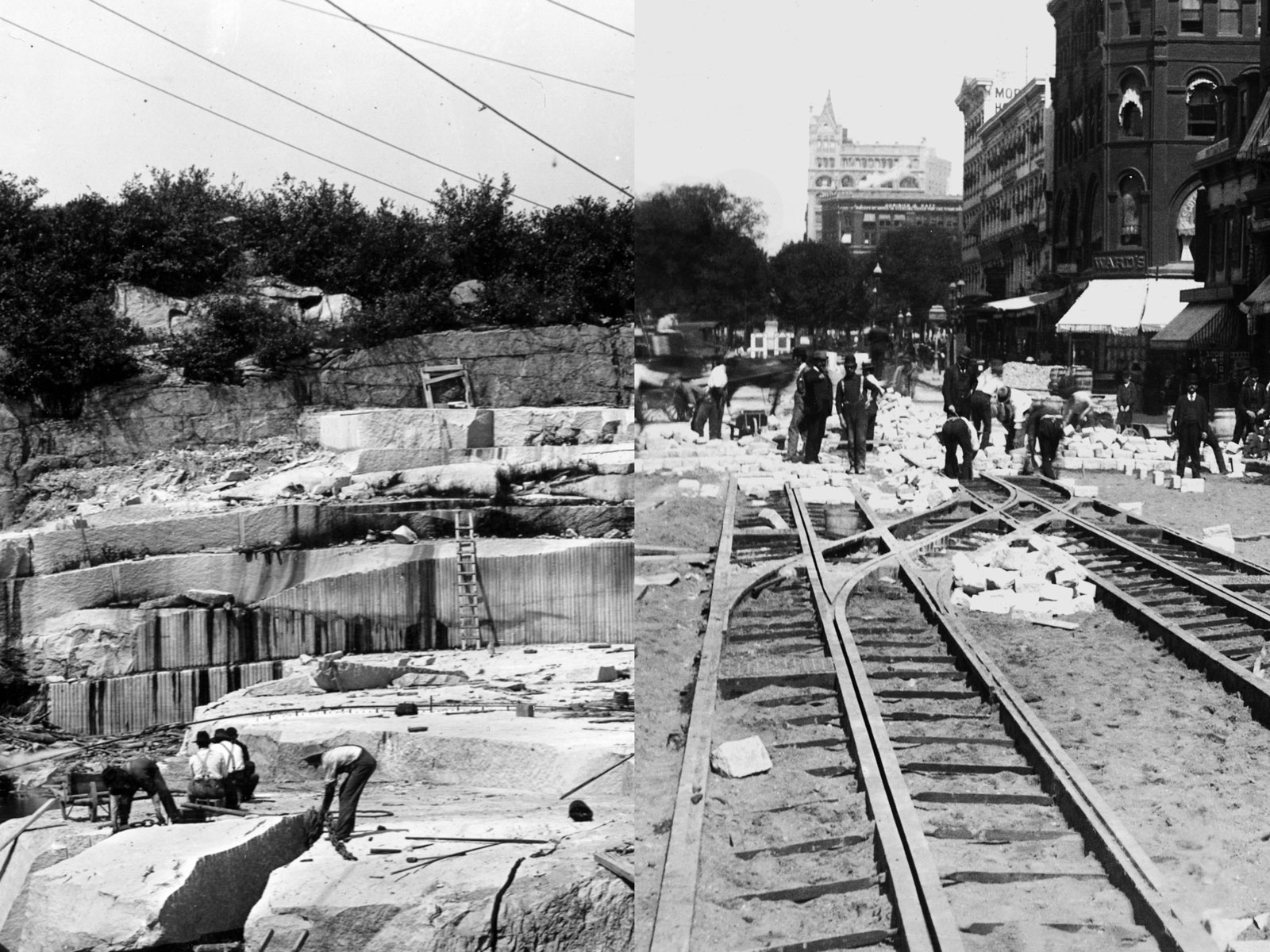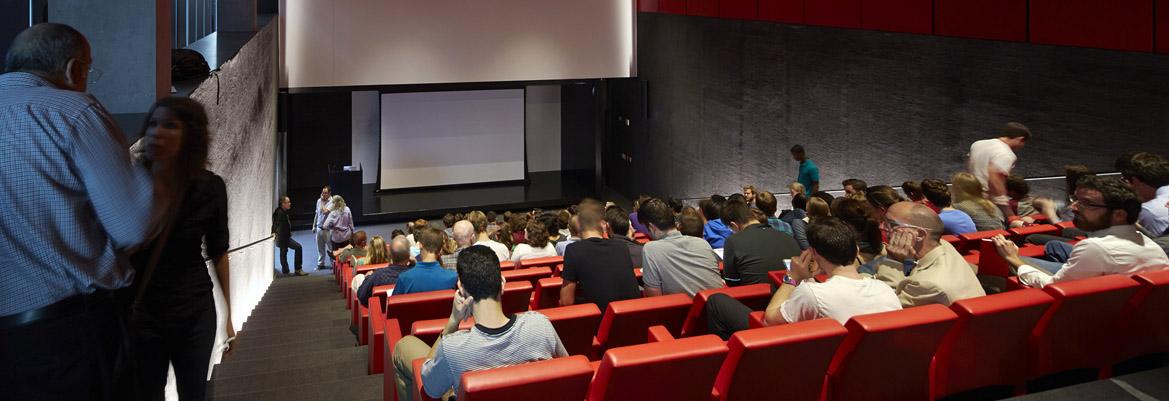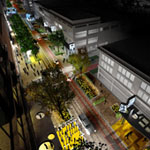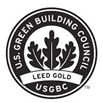
Left: Detail, Sands Quarry in Vinalhaven, Maine, 1907. Photograph by T.N. Dale. (U.S. Geological Survey Bulletin 313: 1907. U.S. Geological SurveyDepartment of the Interior/USGS.)
Right: Detail, paving and construction of cable car line on Broadway, 1891. Photograph
by C.C. Langill and William Gray. (Photography Collection, Miriam andIra D. Wallach Division of Art, Prints and Photographs, The New York Public Library, Astor, Lenox and Tilden Foundations).
Register for virtual lecture series:
All lectures start at 4 p.m. Central Time and will be presented virtually. To register for this lecture and the entire lecture series, complete this registration form on Zoom. You will be sent a confirmation email upon registration.
You must have a Zoom account (which is free) to register for this lecture series.
Jane Mah Hutton, OALA, CSLA, is a landscape architect and associate professor at the University of Waterloo School of Architecture, whose research focuses on the expanded relationships of the act of building – from material flows to labor movements.
Mah Hutton will present the virtual lecture “Reciprocal Landscapes: Stories of Material Movement” at 4 p.m. Monday, Nov. 15, as part of the fall lecture series in the Fay Jones School of Architecture and Design.
The Fay Jones School’s fall lecture series is presented in collaboration with Places Journal, an internationally respected online journal of architecture, landscape architecture and urbanism, and the University of Arkansas Division of Diversity, Equity and Inclusion.
Registration for the entire lecture series is available on Zoom.
In her lecture, “Reciprocal Landscapes: Stories of Material Movement,” Mah Hutton will explore how the far-away, invisible landscapes where materials come from are related to the highly visible, urban landscapes where those same materials are installed.
This talk will introduce Mah Hutton’s recently completed book project, Reciprocal Landscapes: Stories of Material Movements (Routledge, 2019), and its motivations, as well as delve into specific stories. The book traces five everyday landscape construction materials – fertilizer, stone, steel, trees and wood – from well-known public landscapes in New York City, back to where they came from. Drawing from archival documents, photographs and field trips, the book brings these two separate landscapes – the material’s source and the urban site where the material ended up – together, exploring themes of unequal ecological exchange, labor and material flows.
Each chapter of Reciprocal Landscapes follows a single material’s movement: guano from Peru that landed in Central Park in the 1860s, granite from Maine that paved Broadway in the 1890s, structural steel from Pittsburgh that restructured Riverside Park in the 1930s, London Plane street trees grown on Rikers Island by incarcerated workers that were planted on Seventh Avenue north of Central Park, and the popular tropical hardwood, ipe, from northern Brazil installed in the High Line in the 2000s.
Reciprocal Landscapes considers the social, political and ecological entanglements of material practice, challenging readers to think of materials not as inert products but as continuous with land and the people that shape them, and to reimagine forms of construction in solidarity with people, other species and landscapes elsewhere.
Mah Hutton’s research examines the movement of materials as they pass from production landscapes (plantations, quarries, factories) to designed constructions (buildings, landscapes, infrastructure) through demolition and disposal or re-use.
Her other publications include an edited volume, Landscript 5: Material Culture – Assembling and Disassembling Landscapes (Jovis, 2017) and Wood Urbanism: From the Molecular to the Territorial (Actar, 2020), co-edited with Daniel Ibanez and Kiel Moe. Her writing has been published in venues such as the Journal of Architectural Education, Journal of Landscape Architecture, Architectural Digest, Harvard Design Magazine and Landscape Architecture Magazine.
Mah Hutton’s research has been awarded the 2020 EDRA Great Places Book Award, the 2019 Robert and Stephanie Olmsted Fellowship in the Macdowell Colony, and a 2019 Research Fellowship at the Canadian Centre for Architecture.
She is a co-founding editor of the journal Scapegoat: Architecture, Landscape, Political Economy, and is co-editor of issues 01 Service, 02 Materialism, and 06 Mexico DF / NAFTA, which look at the political dimensions of material practice in design.
Mah Hutton’s design and exhibition work has focused on the changing material landscapes of the late 20th century, and has been shown at G Gallery and the Gladstone Hotel in Toronto, and the Markham Museum in Markham, Ontario.
Most recently, she has collaborated with artists Sameer Farooq, Kika Thorne and Adrian Blackwell as the collective titled GTA (Gentrification Tax Action) that is building, through exhibitions and communications, a campaign to support the construction of local public housing through taxation of gentrification-based profits.
The school is pursuing continuing education credits for this lecture through the American Institute of Architects.
This virtual lecture is open to the public. Admission is free, with limited seating. To register for the entire online lecture series, complete this form on Zoom.
For more information, contact 479-575-4704.
Watch the recorded lecture online.



